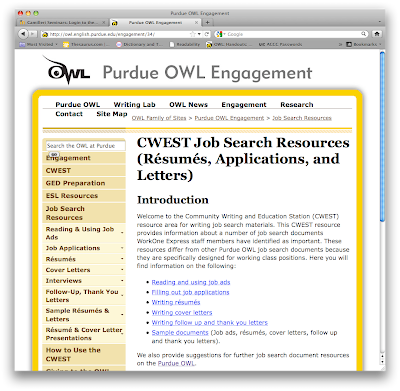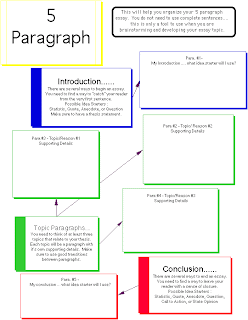Gerald Graff and Cathy Birkenstein have published a book, They Say I Say: The Moves That Matter in Academic Writing. It has received positive reviews and a not-so-positive review.
My review is positive. Novice writers must start somewhere, and They Say, I Say lays a good foundation. Scholars expect certain “moves” that signal the accepted parts of an argument. To execute those “moves,” academic writers can start by structuring arguments around certain phrases and clauses. Below are some clauses that I use.
Move 1: Announce consensus—a kind of “they say.”
It is widely believed that
Today, most people believe that…
Normally, one would expect that…
Experts in [a discipline, such as social work or French literature] have shown that…
Snow & Crow (2011) have demonstrated that [Cite the appropriate research]
Theory X predicts that…
Move 2, usually right after Move 1: Announce the contrast that points toward your paper’s thesis or "point."
However, there is some evidence that
But two very recent studies suggest that
Yet no research has yet tested whether
On the other hand, many practitioners find that
However, in the case of X,
Yet this current research fails to examine/answer
However, no studies have investigated the case of
On the one hand, every X wants to… On the other hand, no X wants to…
Currently, theorists [or researchers] are divided; some believe X, while others hold that [not X].
Move 3 Announce your point.
Thus the purpose of this [paper, research, study…] is to
Therefore the present study will test whether
Move 4 Review the literature to provide a fuller context for your own research question.
Here the trick is not so much clauses as verbs. I can send you a list of verbs that bring lit reviews to life—verbs such as posit, maintain, suggest, contend, theorize, refute, etc.
Move 5, usually later in the paper: Acknowledge arguments that rival your own.
This result seems to contrast with the findings of Snow & Crow (2011), perhaps because
Swallow & Spring (2011) disagree, asserting that … This apparent contradiction could arise because
Our novel result could be explained if
Move 6 Later in the paper: Acknowledge limitations; thus you preempt attacks.
The present study is limited by
This research has several methodological limitations:
We acknowledge certain limitations of this research design:
Move 7 Conclude with a “Big Picture” ending.
This study has several implications.
If this study can be replicated, it would imply that
A next research question might be, “…..?”
How can we generalize this result?
Based on these results what larger problem can we solve?
How can we generalize this result?
Based on these results what larger problem can we solve?
This study may point to the notion that
Future researchers might well ask
Ultimately these results, if substantiated, may mean that X should


















